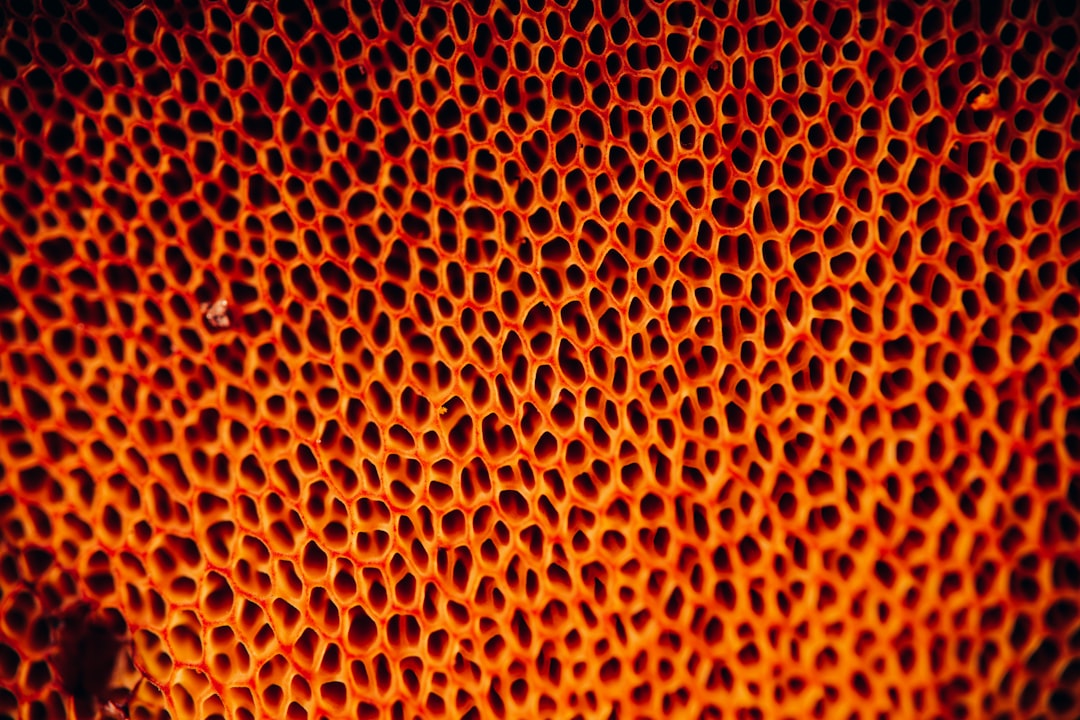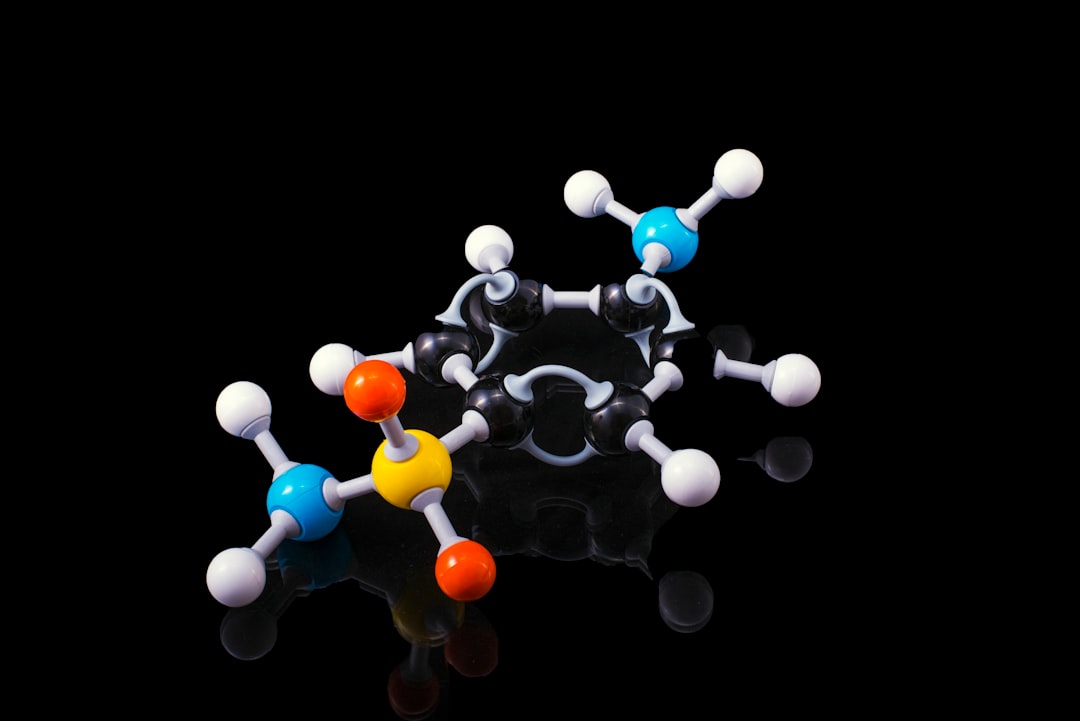What is it about?
Carburized steels usually contain some amount of retained austenite in the surface layer. Some of this retained austenite transforms to martensite under loading and alters the initial residual stresses. This paper shows some evidence of the retained austenite transformation in carburized steel under axial loading and the change in residual stresses. These values were also predicted by the models presented in the paper.
Featured Image

Photo by Karan Bhatia on Unsplash
Why is it important?
We predicted the retained austenite content and the longitudinal residual stress generated during the carburization process using first-principle theories and generated the hoop residual stress profile using the ABAQUS finite-element model. The amount of RA decomposed after each loading sequence was measured using X-ray diffraction. This information was used as input in the compatibility and the finite-element models for calculating the post-loading residual stresses. The retained austenite and residual stress investigations have not been conducted in such detail in the previous studies.
Read the Original
This page is a summary of: Retained Austenite Transformation-Induced Residual Stress Change in Carburized 16MnCr5 Steel, Journal of Testing and Evaluation, January 2022, ASTM International,
DOI: 10.1520/jte20210457.
You can read the full text:
Contributors
The following have contributed to this page










